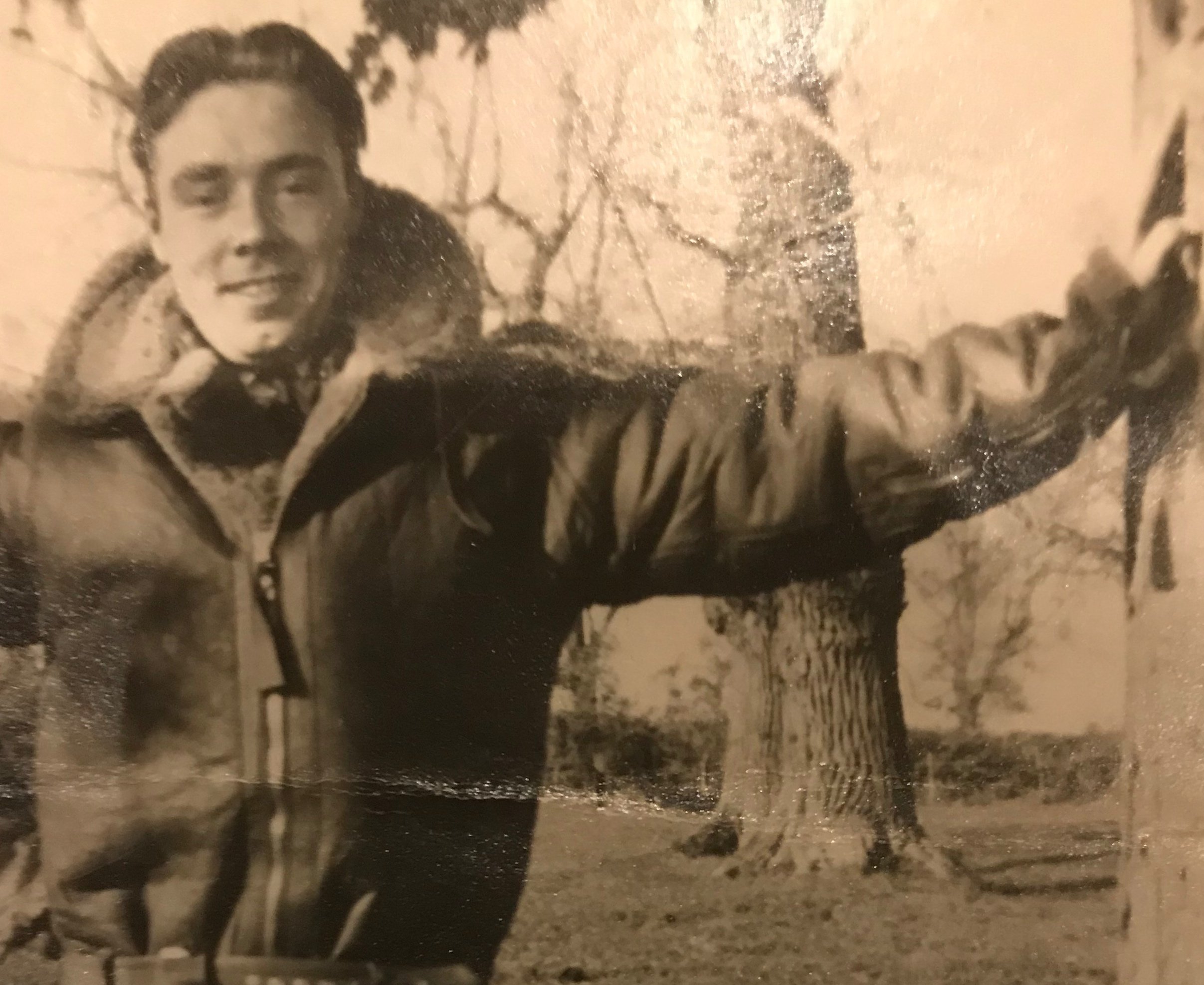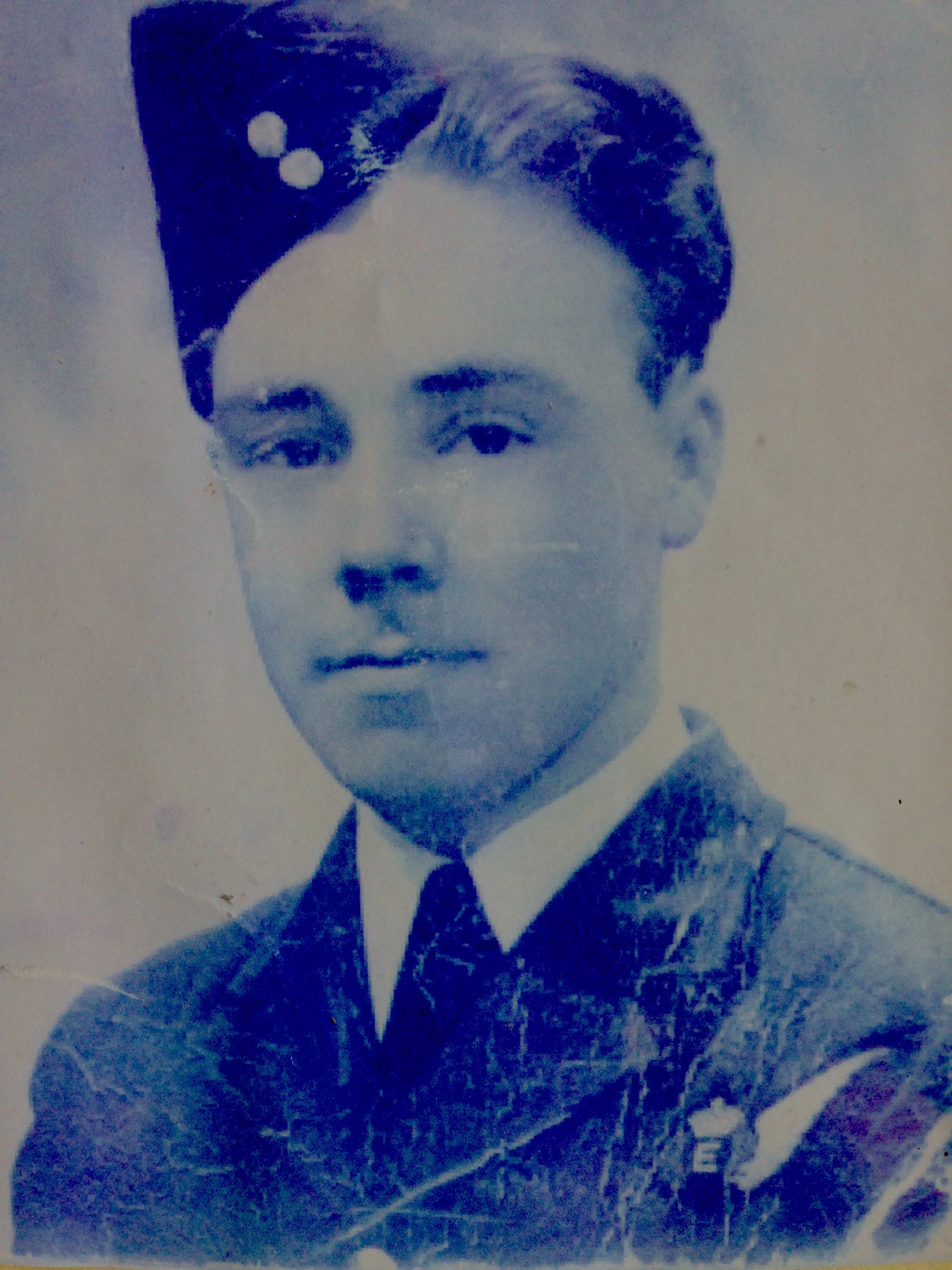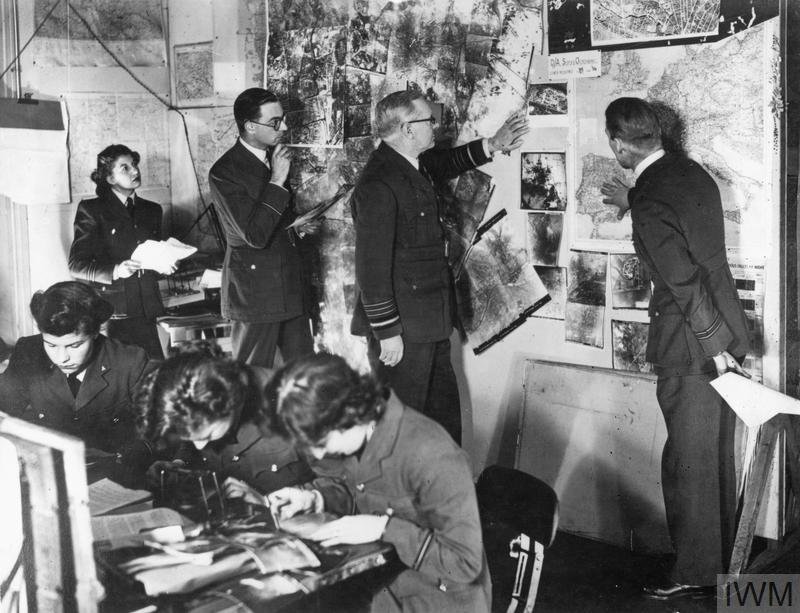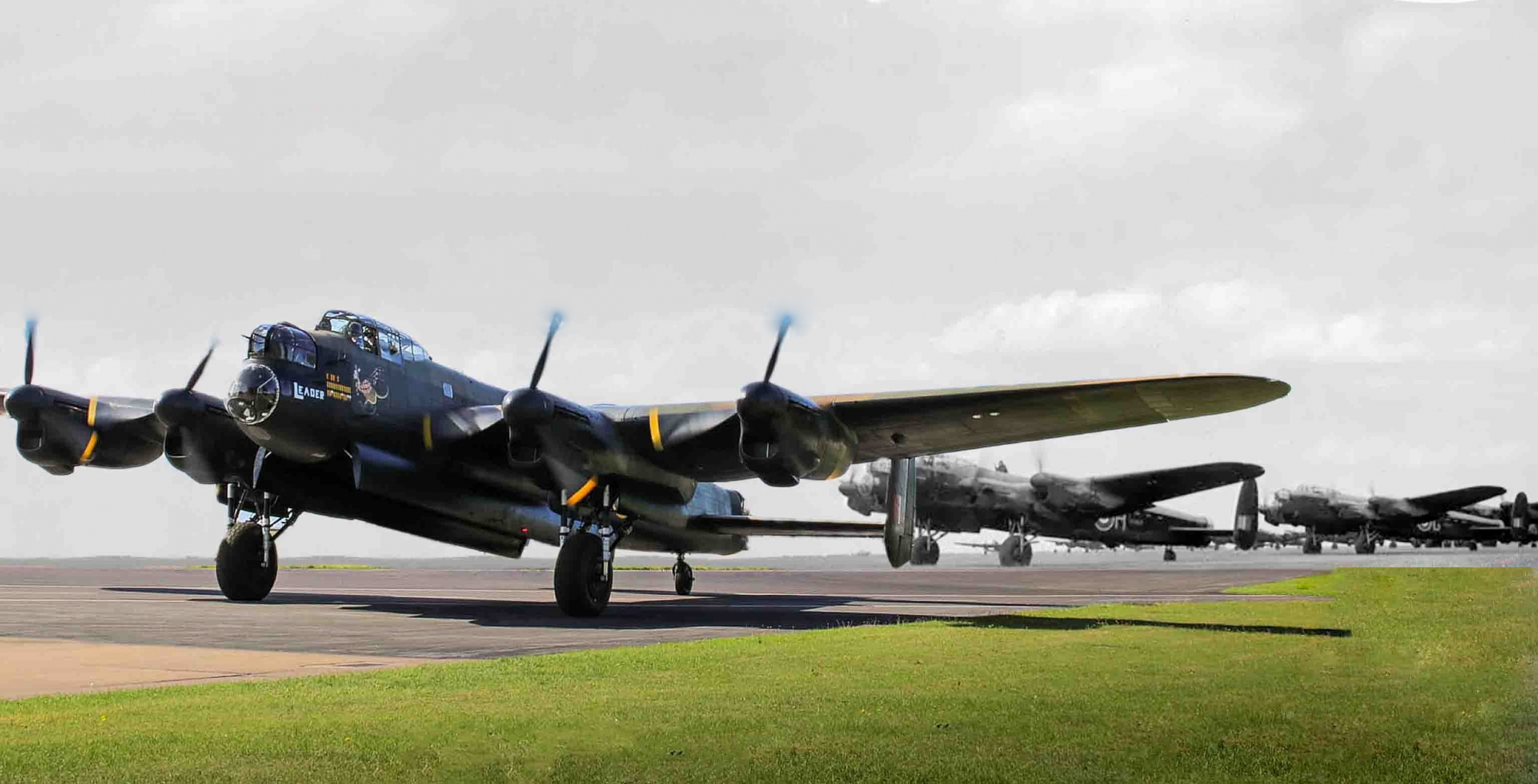RAF 1 British Aviation, 1912 – 2025 ~ An Introduction

RAF 1 British Aviation, 1912 – 2025
Introduction
The Aviation Category looks across the span of 113 years, from the formation of the Royal Flying Corps in 1912 as the Air Branch of the then British army, to its incredible development and history at the cutting edge of aerial combat, culminating in the formation of the world’s first independent Air Force : our Royal Air Force on 1 April 1918 when both the RFC and the Royal Naval Air Service merged.
This merger accounts for the occasional oddity in rank structure. The RAF rank of flight lieutenant is in fact a naval rank created by the Royal Navy when the RNAS was a central part of the Royal Navy rank structure. The rank of flight lieutenant usually meant flight command. A squadron consisted of flights. The squadron leader usually meant squadron command. In the British Armed Forces to this day, the noun lieutenant is pronounced lef-tenant.
The forthcoming RFC Paper 1 is an Introduction to the Royal Flying Corps.
My family have kindly permitted me to display the portraits of our parents’ elder brothers Sergeant-pilot Kenneth Ernest Webb RAF VR1315766 (1921–1943) in March 1941 at Craig field Alabama, undergoing pilot training, and Flight Sergeant Flight Engineer Harry Alfred Marshall RAF VR 1337884 (1923-1945), Path Finder Force.
I grew up with these framed portraits in the front rooms at my Grandparents’ homes just a mile apart either side of Cheltenham. They are now reframed and displayed in the family gallery at my home.
The motto of both portraits say it all and despite the horror of war: life is good!
Life is Good!
Sergeant-Pilot Kenneth Ernest Webb RAF ~ 76 (Linton-on-Ouse) Squadron Royal Air Force (1922-1945) ~ Handley Page Halifax MK V DK165 MP-E, North Yorkshire.
Life is Good!
Flight Sergeant Harry Alfred Marshall Flight Engineer Pathfinder (RCAF) RAF ~ 405 (City of Vancouver) Squadron Royal Canadian Air Force (1922-1945) Avro Lancaster PB402 LQ-M, RAF Grandsden Lodge, Cambridgeshire.
Life is good!
Das Leben its gut!
Vita est bonum!
La vie est belle!
Part I
References to Royal Air Force papers and Royal Flying Corps papers are chosen by the author. This does not mean that these papers have been approved by the United Kingdom Ministry of Defence (MOD Air).
The Aviation category gives me the opportunity to showcase those parts of the history of aviation that have enthralled, overpowered, inspired me, and above all, guaranteed my life in freedom and democracy.
In the last decade of the 19th century, the Cavalry was still the major player on the battlefield. When the Wright Brothers made their epic powered flight, the Great War was still 11 years away, and the carnage of trench warfare that would wipe out an entire generation of young men and many women. The Dogfights had varying heights over the Western Front as great as 18,000 - 20,000 feet (5,486-6,096 meters) were simply unimaginable. Yet, they most definitely took place, relentlessly and with ever-increasing sophistication by the Armistice on 11 November 1918.
80 years on from the end of the Second World War, and now in the third year of the war in Ukraine, it is difficult for even middle-aged television presenters to understand fully the horror of aerial warfare between 1939–1945.
The generation of young military historians reporting on the Battle of Britain in 2024 do not always avail themselves well. They are unaware that many people who remember the Battle of Britain still live. In an effort to impress upon the viewer that the Battle of Britain was seen differently by the public, one young historian mimicked one of the most famous Churchillian speeches of 1940 by uttering a phrase as if she had a ball in her mouth for fun, accompanied with a dismissive wave of the hand. I know many people, now gone, who would have been cut to the quick.
Nevertheless, this particular historian also gave very good accounts on other parts of the Battle of Britain. So, it’s a lesson in taking the rough with the smooth, and also learning to see things not even through the eyes of the millennial generation but rather generation Z.
What I learn is that Generation Z sees the world totally differently to my generation. I grew up in the very long shadow of the Second World War. My friends in Germany did likewise, we compare notes, and timelines. Alas, we have that terrible sense of foreboding that I now realise my four grandparents and my parents had. We, too, know what is coming. It is horrendous. The more so, that the threat is coming from the one nation state we believed we could trust. Somehow, the narrative has to change so that we are all able to reach out to the young people in whose hands the remainder of this century wrests.
Part II
Occasionally, I’m reminded Oh, no … that’s just what happens in Hollywood films. I give a silent nod to relatives who paid the price for me to be here… and I think of those family archive letters in which, in his own hand, one of my uncles, to his Dad, has listed all the cities, towns, railway junctions, ports and synthetic oil plants that he and thousands of fellow airmen were required to deliver devastating ordnance on the hapless people below.
And all because of one man… Partly, yes, largely, no.
Sound familiar?
That initial observation is brought into terrifying focus by the Israel-HAMAS War.
Part III
Before denouncing, let us remember that the Allied Air Forces did the same to Germany. The country was a wasteland when the War in Europe ended with unconditional surrender on 9 May 1945. Let us remember what we, the Allies, did to Caen, in 1944. The Allies had to break the enemy’s hold on that ancient city, and to not do so would have juddered the Normandy Invasion to a halt and given the Nazis a foothold. The price paid for the relentless allied bombing and shelling was 20,000 French civilians killed as well as the raising to the ground of Caen. Why? Because the enemy made it a fortified position and hid behind the civilian population. Middle East tactics are not new tactics.
I’m moved to include here my German friend’s comment and advice regarding this website because she is absolutely correct, and I am, indeed, grateful to her.
Ken,
The Aviation Category can certainly be further developed. It is like a precious history book full of lively, knowledgeable, and historic events. The most emotional photo for me is the one with the children in the ditch. That touched me deeply. We can only imagine what those little souls have been through. Fears leave their marks. I wish that these experiences continue to serve as a lesson for today. It should never be forgotten.
Ken, that's why this website is so important!
Eleven Little Souls
How on earth, the little boy wonders, have the Grown-Ups brought all of this upon us?!
His brother ponders. His other brother tries to make out which is which, who is who high in the sky.
Their elder sister is quiet, contemplative, and oh so reassuring. She gently presses her leg against his knee. Shush now, everything will be alright. Dont you worry yourself…
The lens captures those last two syallables on her lips.
Image by courtesy of SHORPY and also the Imperial War Museum
Life is indeed, good!
14 January 2025









